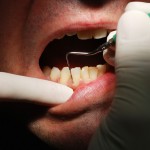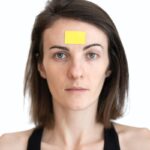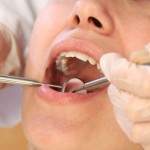
This review of the accuracy of clinical and radiographic measurements of infrabony periodontal defects inclded 10 studies reporting on 17 comparisons. the findings suggest that clinical and radiographic measurements of the bone level underestimate the true bone loss by an average of 1mm but the evidence is only of low to moderate certainty.
[read the full story...]







